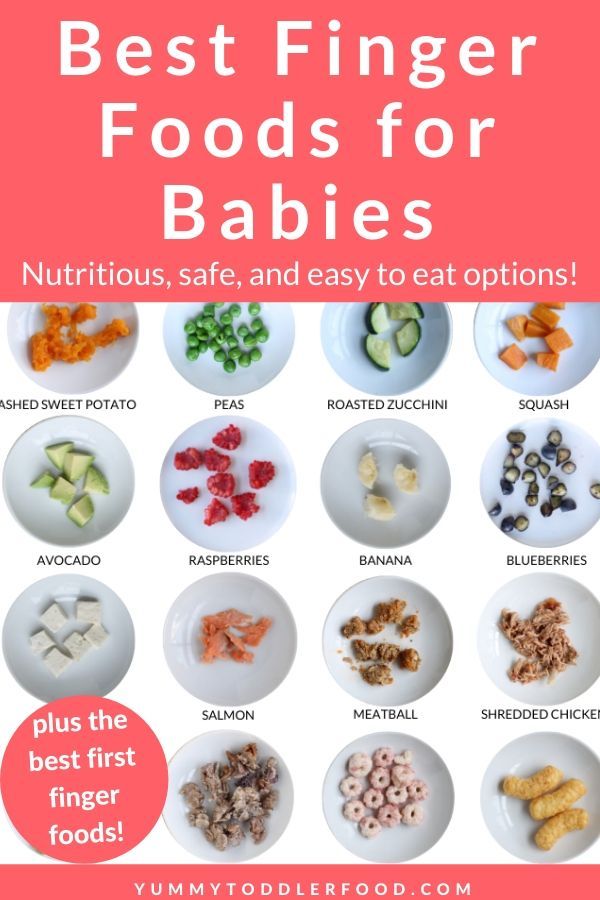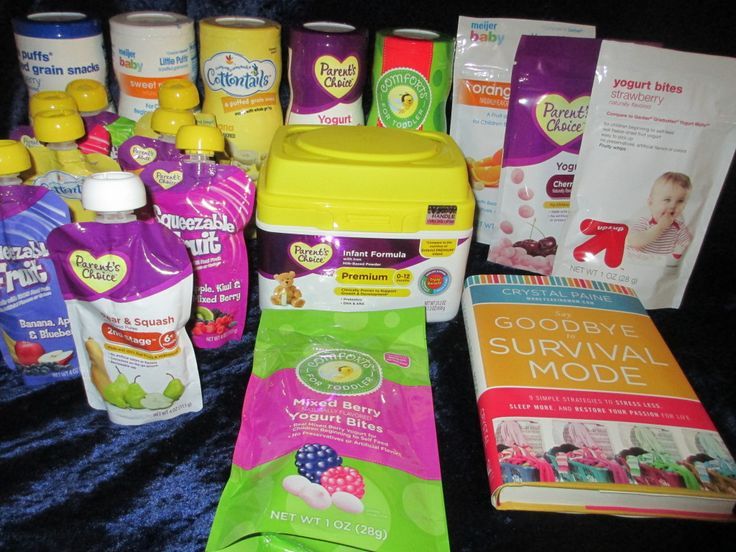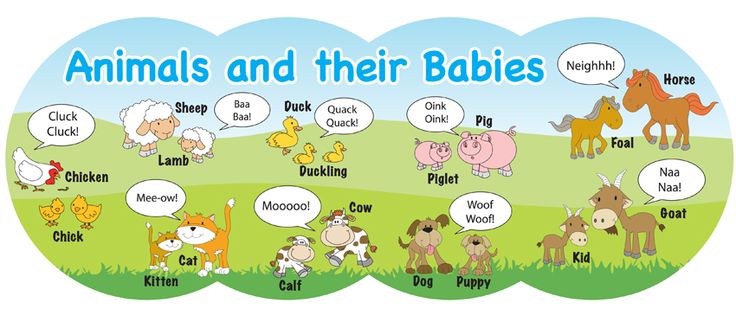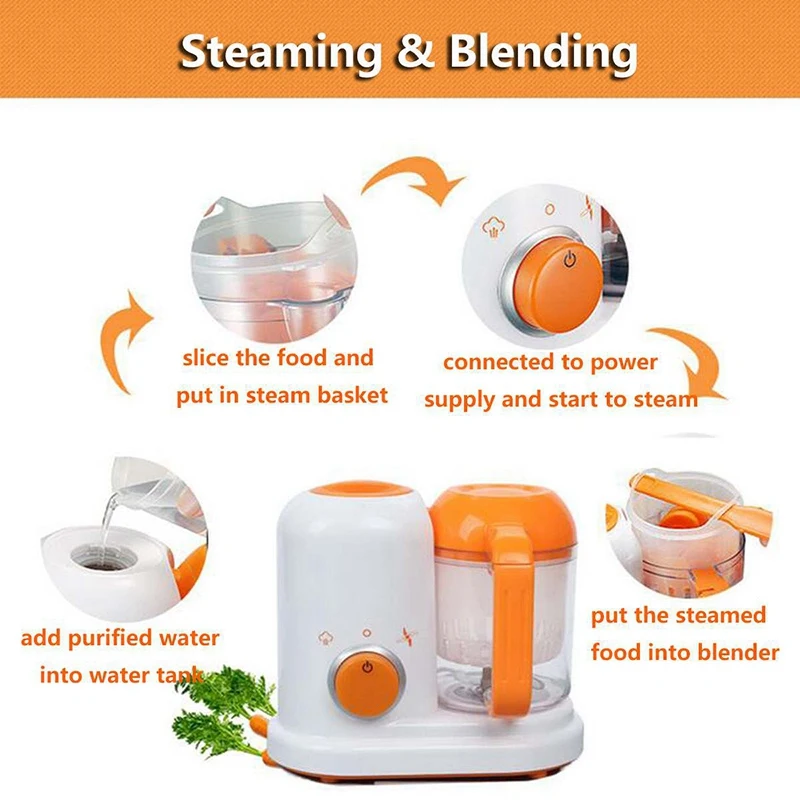What are good first baby foods
When to Start Baby Food
Starting solids is an exciting and important milestone in baby’s development—one that not only opens them up to a brand-new world of flavors and textures, but also puts them on the right path to growing healthy and strong. Here’s what you need to know about how and when to start baby food for a smooth transition.
In this article:
When to start baby food
How to start baby on solids
Best first foods for baby
Introducing allergenic foods
When to Start Baby Food
Knowing when to start baby food is both crucial and tricky. Starting baby on solids too early means you might increase the risk of choking, obesity and bellyaches, but introducing solids too late means you might slow baby’s growth and encourage an aversion to solid foods, among other conditions. Fortunately, doctors have zeroed in on a sweet spot for starting baby food, which is sometime between 4 and 6 months of age—though, ideally, baby should be receiving their nutrition exclusively from breast milk until the six-month mark, according to the American Academy of Pediatrics (AAP). How to tell if it’s time for starting solids for your little one? Baby will give you clues, including:
• Baby can sit in a high chair comfortably on their own. This is a major sign in terms of when to start baby food, says Lauren Kupersmith, MD, a pediatrician at Hassenfeld Children’s Hospital at NYU Langone in New York City. It means baby can hold their head up and doesn’t need to be propped up to stay in the upright position, which is important to avoid choking.
• Baby looks interested at mealtime. Babies likes to mimic what we do, so if your child likes to sit up like a big kid and watch you eat, then by all means let them try eating too.
• Baby can move food to the back of their throat to swallow. But if baby tends to push the food out of their mouth—not because they don’t like it, but because they can’t seem to get the food to where it needs to go—hold off on starting solids.
How to Start Baby on Solids
At 4 to 6 months, most of baby’s nutrition will still come from breast milk or formula, so don’t worry if baby doesn’t like eating food right away. Introducing solids is a gradual process, and every baby learns in their own time. Here are some general guidelines for how to start baby on solids:
Introducing solids is a gradual process, and every baby learns in their own time. Here are some general guidelines for how to start baby on solids:
• Feed baby with a spoon. Letting your child go at it with their hands may seem tempting (and super-cute), but it’s best that they learn the right way from the get-go. (And even then, be prepared to clean up more than a few messes!) Also, never put cereal (or any other food) in baby’s bottle—it’s a choking hazard.
• Start slowly. When introducing solids, a half spoonful will do at first—you may even want to talk baby through it (“Yummy!”). To make it easier for baby to get accustomed to the idea of swallowing solids, start mealtime with a little breast milk or formula, then offer some food (again, no more than a half teaspoon at a time) and finish off with more breast milk or formula. If baby cries or turns away when you present the spoon, try again some other time. Start off with introducing solids at one meal a day, then slowly work your way up.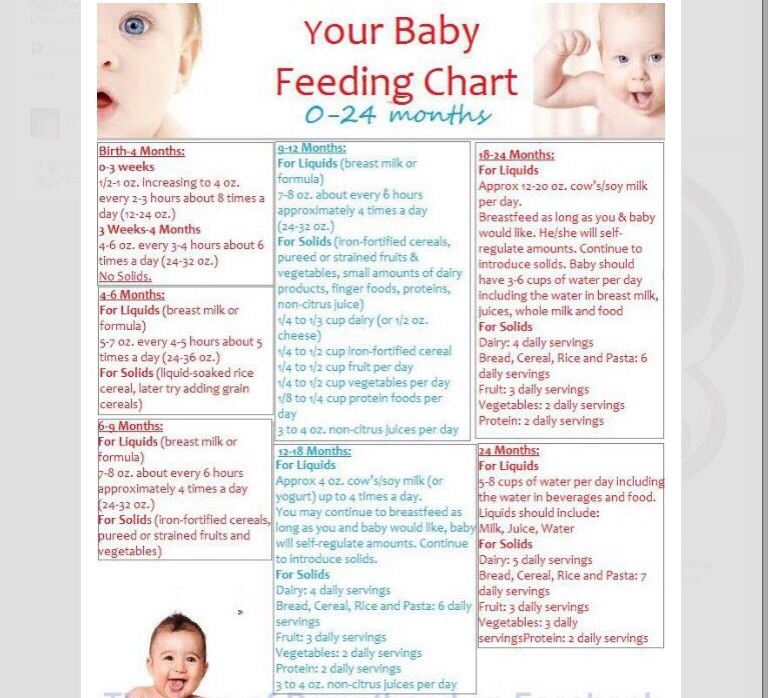 The morning is a good place to start, since baby is often hungriest at that time. When starting solids, baby typically won’t eat more than an ounce or two in one sitting.
The morning is a good place to start, since baby is often hungriest at that time. When starting solids, baby typically won’t eat more than an ounce or two in one sitting.
• Try new foods more than once. Since babies’ tastes will evolve, you may need to try a food 20 times before a baby actually likes it, says Kupersmith.
• Stick with the same food for three days before trying another one. This makes it easy to track whether baby is allergic to a particular food.
• Try foods in different forms. If baby doesn’t like pureed food, try it mashed. After all, baby is learning about new textures as well as new tastes. It may be a case of trial and error until you find a winner.
Best First Foods for Baby
Got baby safely strapped into the high chair and bib? You’re ready to finally start feeding baby solids! There aren’t any official food rules for babies starting solids, and there’s no scientific evidence suggesting you should introduce one type of food before another, assuming the foods aren’t choking hazards. Nevertheless, baby cereal (such as oatmeal, rice and barley) is an “easy training food,” says Kupersmith, which is why it’s often recommended as baby’s first food; you can always mix it with more milk to build up to a thicker consistency. Many doctors also recommend starting vegetables before fruits, but there’s no evidence that this would make babies like vegetables more when they grow up—babies innately love sweets, and the order of introducing solids to baby doesn’t change that.
Nevertheless, baby cereal (such as oatmeal, rice and barley) is an “easy training food,” says Kupersmith, which is why it’s often recommended as baby’s first food; you can always mix it with more milk to build up to a thicker consistency. Many doctors also recommend starting vegetables before fruits, but there’s no evidence that this would make babies like vegetables more when they grow up—babies innately love sweets, and the order of introducing solids to baby doesn’t change that.
So why not simply start introducing solids with something you think baby will like? Here are a few common first foods for baby that are healthy and easy to eat (and, in the case sweet potato and banana, also easy to digest). Whatever you decide to feed baby, mash it with a fork or puree before serving whenever introducing solids.
- Baby cereal, such as oatmeal, rice, barley
- Sweet potato
- Banana
- Avocado
- Apples
- Pears
- Green beans
- Butternut squash
If your child has been breastfeeding, check with your pediatrician about getting a jump on pureed chicken or beef when you’re starting solids.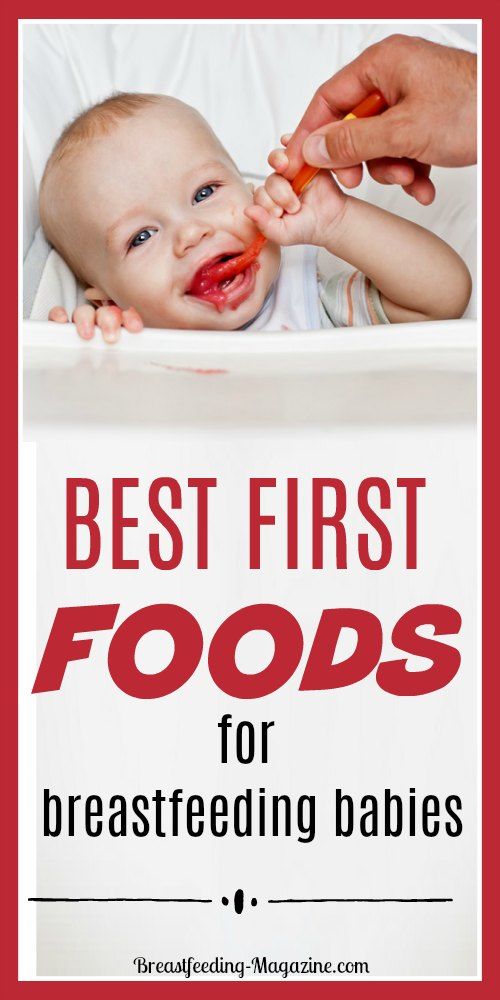 These foods contain easily absorbable forms of iron and zinc, which baby needs by 4 to 6 months, according to the AAP.
These foods contain easily absorbable forms of iron and zinc, which baby needs by 4 to 6 months, according to the AAP.
At around 9 months, baby should have already worked their way up to a variety of foods, including cereal, vegetables, fruits, meats, eggs and fish (see below regarding the last two). (Keep in mind, though, that baby will still get the majority of their nutrients from breast milk or formula until age one.) By now, baby will probably settle on three meals a day along with two snacks. Let them consume about 4 ounces of solids at each meal (equivalent to a small jar of strained baby food) and about half that amount for each snack.
Save honey and cow’s milk for after baby’s first birthday—there’s a risk for infant botulism with honey (a type of bacterial poisoning), and baby’s tummy isn’t prepared to digest large amounts of cow’s milk until they’re about one year old. Avoid adult processed foods and foods that are choking hazards (such as sticky foods, like large gobs of peanut butter; hard foods that are difficult to gum, like raw vegetables, nuts, seeds and popcorn; and round, slippery foods that haven’t been cut up, like grapes and cherry tomatoes). Instead, the first foods for baby, and those in the months that follow, should be soft and served mashed, pureed or (once baby seems ready to move up from the really mushy stuff) cut up into really little bits. “There’s pretty much free reign at that point,” Kupersmith says.
Instead, the first foods for baby, and those in the months that follow, should be soft and served mashed, pureed or (once baby seems ready to move up from the really mushy stuff) cut up into really little bits. “There’s pretty much free reign at that point,” Kupersmith says.
Introducing Solids Chart
Hesitant about improvising your first foods for baby? That’s okay too. If you prefer an “introducing solids chart” to help you plan out baby’s path, the guide below can come in handy.
Image: The Bump
Introducing Allergenic Foods
Much of the confusion around when to start baby food stems from questions concerning allergenic foods. These are foods that babies are most often allergic to. The major culprits include dairy, eggs, fish, peanuts and tree nuts. In the past, parents were advised to hold off on exposing baby to these foods, but now doctors recommend introducing them early, often and in age-appropriate format, which means starting off with purees and soft textures.
“Dairy is an easy starting point, given options such as yogurt and cheese,” says David Stukus, MD, director of the Food Allergy Treatment Center at Nationwide Children’s Hospital and a spokesperson for the American College of Allergy, Asthma, & Immunology. You can also try scrambled eggs in small amounts, although baby may not be too pleased with the texture at first.
As far as peanut products go, the National Institutes of Health issued new guidelines in 2017 that encourage parents of children at high risk for peanut allergies to incorporate them into baby’s diet at 4 to 6 months of age. Giving these babies peanut products before the age of one actually decreases their risk of developing a peanut allergy before age 5 by 81 percent, compared to kids who are introduced to peanuts later in life. Parents of kids without the food allergy risk can start peanut products whenever they’d like, as long as the nuts are in an age-appropriate form: Peanut butter can be thinned out with water or mixed into a fruit or vegetable puree, and peanut powder can also be mixed into cereal and fruits. Don’t give whole peanuts or pieces of peanuts, since they’re a choking risk.
Don’t give whole peanuts or pieces of peanuts, since they’re a choking risk.
Allergic reactions to food are never just a fluke; they will happen with every exposure. Symptoms can range from mild (such as a rash or vomiting) to severe (such as trouble breathing). If baby has a food allergy, you’ll notice a reaction within minutes or up to two hours after eating the problematic food, Stukus says. If the symptoms are severe, call 911 right away. Otherwise, talk to your pediatrician; she can help confirm whether it’s an allergy or some other type of condition (such as a viral illness).
Expert bios:*
Lauren Kupersmith, MD, IBCLC, is a pediatrician and clinical instructor at Hassenfeld Children’s Hospital at NYU Langone in New York City, as well as a certified lactation consultant. She earned her medical degree from New York Medical College in 2005.
David Stukus, MD, is the director of the Food Allergy Treatment Center at Nationwide Children’s Hospital, an associate professor of pediatrics in the division of allergy and immunology and a spokesperson for the American College of Allergy, Asthma, & Immunology.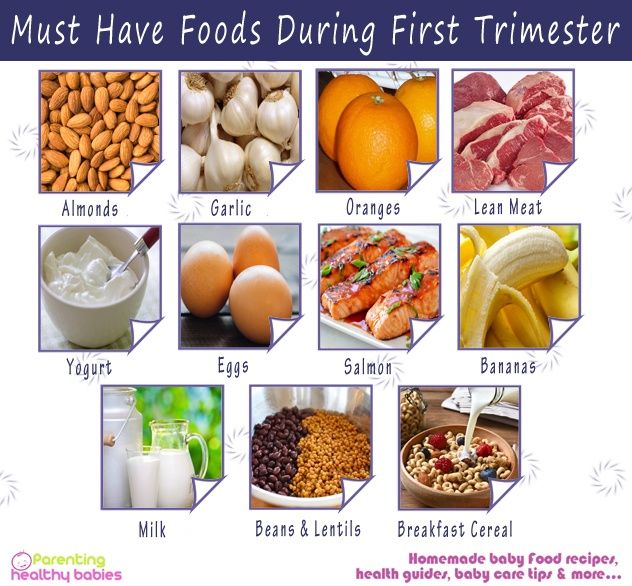 He earned his medical degree from University of Pittsburgh School of Medicine in 2002.
He earned his medical degree from University of Pittsburgh School of Medicine in 2002.
Updated January 2020
Please note: The Bump and the materials and information it contains are not intended to, and do not constitute, medical or other health advice or diagnosis and should not be used as such. You should always consult with a qualified physician or health professional about your specific circumstances.
The Best First Foods for Babies 6 to 9 Months – Happiest Baby
By Happiest Baby Staff
On This Page
- Best Baby Foods at 6 Months
- Best Baby Foods at 7 Months
- Best Baby Foods at 8 Months
- Best Baby Foods at 9 Months
You've spent the first six months of your baby's life making sure that they are nourished with breastmilk or formula.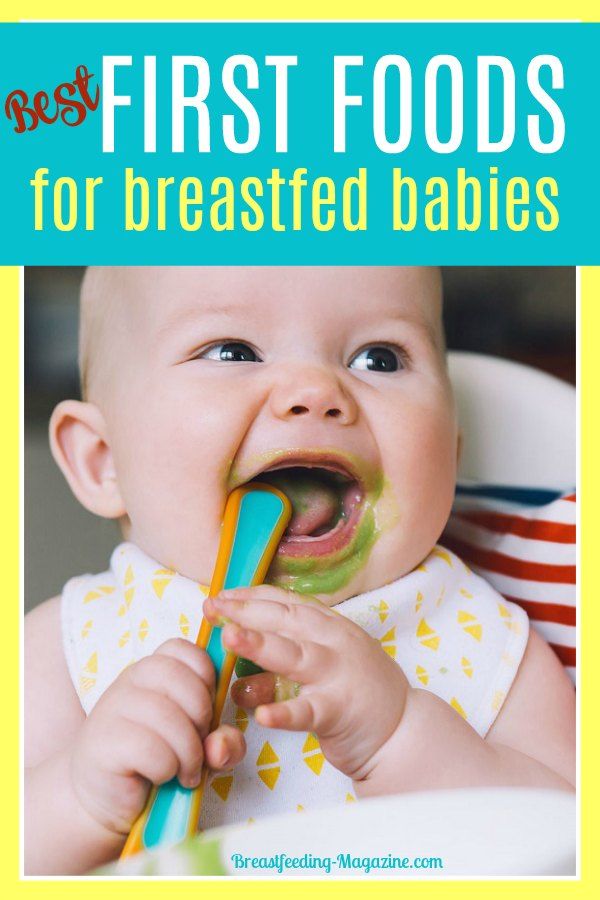 As they grow and thrive, you might notice that your little sprout shows you some signs that they are ready to graduate from the bottle or breast to solid foods. If your baby can sit up and hold their head up, that's a great first sign! What's more, if they bring objects to their mouth and show an interest in what you are eating, your curious kiddo might be ready to start eating solid foods.
As they grow and thrive, you might notice that your little sprout shows you some signs that they are ready to graduate from the bottle or breast to solid foods. If your baby can sit up and hold their head up, that's a great first sign! What's more, if they bring objects to their mouth and show an interest in what you are eating, your curious kiddo might be ready to start eating solid foods.
But what should you feed your baby? Here’s a list of perfect starter foods for your baby from ages 6 to 9 months.
Best Baby Foods at 6 MonthsAt 6 months, babies may be starting to chew. Though this skill won’t be mastered just yet, they are typically ready to get messy with some mushy, pureed eats—helping them learn about flavor and texture. At this age, the goal is not to satiate your baby with full meals of solid foods but rather to get your child curious and excited about their culinary options.
Because babies are growing so fast, their needs for iron are high to prevent iron-deficiency and support their overall health.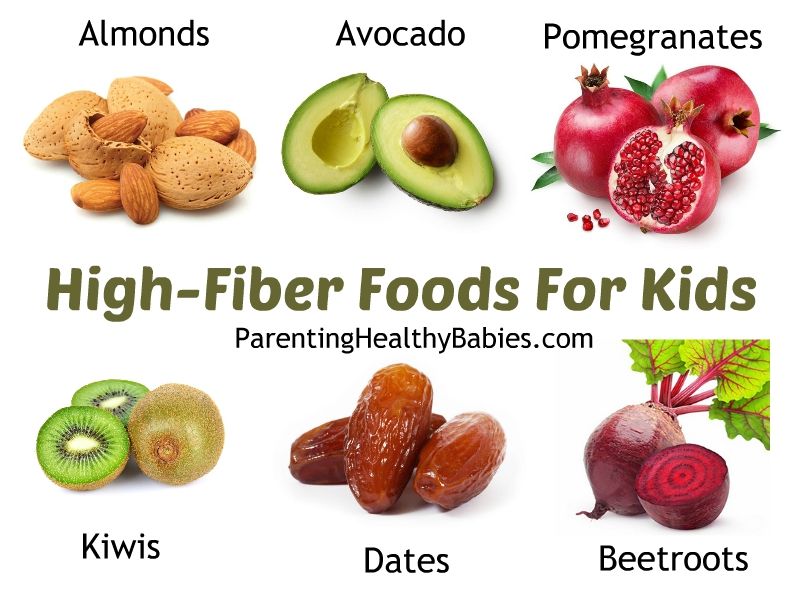 Offer your little one iron rich foods like—infant cereal (read up on why you may want to skip rice cereal), well-cooked meat, poultry, mashed beans, and lentils. To keep your baby safe from choking, avoid adding solids like cereal to baby bottles.
Offer your little one iron rich foods like—infant cereal (read up on why you may want to skip rice cereal), well-cooked meat, poultry, mashed beans, and lentils. To keep your baby safe from choking, avoid adding solids like cereal to baby bottles.
Here are some great first foods for Baby to try:
- Infant oat, grain, or barley cereals mixed with breastmilk or formula and spoon-fed to your baby
- Sweet potato puree
- Squash puree
- Pea puree
- Carrot puree
- Mashed banana
- Mashed avocado
- Mashed or pureed beans
- Mashed or pureed lentils
- Pureed meats (beef, chicken, or turkey)
- Soft, falling apart meats (salmon, beef, chicken, turkey)
Check out more of our favorite first food purees. Or, if purees aren’t your thing, read up on how to start baby-led weaning.
Best Baby Foods at 7 MonthsBy 7 months old, your baby will probably be eating more solids but not enough to replace breastmilk or formula as their primary source of food. The goal for this month is to keep introducing solid foods to your baby. What's fun is by 7 months, you can get more creative with mixing flavors and adding textures.
The goal for this month is to keep introducing solid foods to your baby. What's fun is by 7 months, you can get more creative with mixing flavors and adding textures.
Here are a few nutritious and delicious food combos to try with your baby:
- Peas pureed with breastmilk (or formula), sweet potatoes, or squash
- Kale pureed with blueberry, squash, potatoes, sweet potatoes, peas, pears, or bananas
- Apples pureed with cauliflower, carrots, pears, prunes, or beets
- Beef pureed with broccoli
- Chicken pureed with carrots and potatoes
- Chickpeas pureed with bananas, apples, or sweet potato
- Sweet potatoes pureed with red bell pepper
Seven months is also the perfect age to start giving your baby a plate, bowl, and plastic utensils so they can begin to practice feeding themselves. If your baby is teething, you can place frozen chunks of fruit in a sieve feeder/mesh bag that allows them to gnaw on the fruit without choking. Learn more about helping your baby use a fork and spoon!
Learn more about helping your baby use a fork and spoon!
By 8 months, your baby is likely eating more solids and relying a little less on milk as a primary meal (though it’s still where they get the bulk of their nutrition!). And they’re probably having lots of fun learning how to use their hands to feed themselves. Something else to consider: Babies should be exposed to potential allergen foods (like peanuts, tree nuts, eggs, and fish) before their first birthdays to help prevent future food allergies. Starting at 6 months of age, peanut butter is safe to introduce as long as you are comfortable giving it to your baby.
In fact, the Dietary Guidelines for Americans says that babies can begin having these foods when they start eating solids. But many families often feel more comfortable waiting to introduce these foods until around this age. Of course, consult with your little one’s pediatrician if you have concerns about potential allergen foods.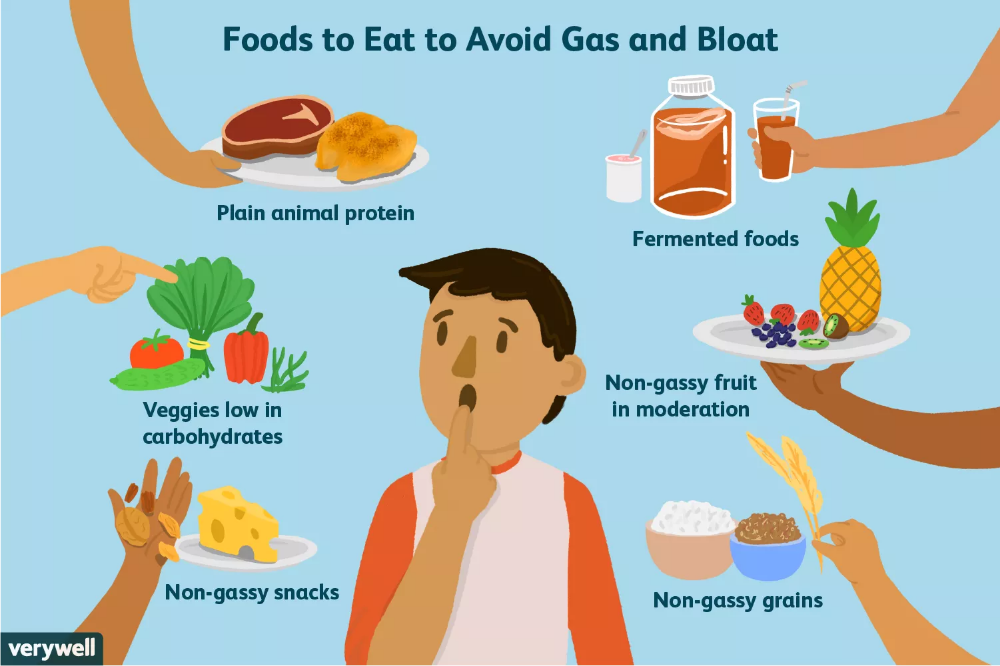
Here are some foods to add to your repertoire:
- Whole eggs, scrambled
- Nut butter thinned out with water and mixed with cereal (nut butters are sticky and can cause choking)
- Fully cooked fish, like salmon or tuna
- Full-fat yogurt
Here are some preparation ideas:
- Well-cooked (think over-cooked until falling apart) pasta such as elbows or alphabet shapes
- Mashed meat with mashed or ground vegetables such as peas and potatoes or kale and squash
- Rainbow on a plate: Using tiny pieces of soft, strained, pureed, and mashed food options, look for a variety of colors to offer. Some fun options could include banana, avocado, sweet potato, peas, blueberry, raspberry, cheese, and chicken.
Though there’s a greater variety of foods babies eat now, formula or breastmilk continues to be their primary source of nutrition until age 1. At 9 months old, babies get more comfortable with self-feeding and eating the foods their families enjoy. After all, eating solid foods is a sensory wonderland of texture, smells, and tastes. Not to mention all that fun making messes with those adorably curious fingers.
After all, eating solid foods is a sensory wonderland of texture, smells, and tastes. Not to mention all that fun making messes with those adorably curious fingers.
As you begin to focus on meal planning for your baby, there are few things to keep in mind:
- Babies need four to five servings of fruits and vegetables a day. A serving size for a 9-month-old is less than a quarter cup.
- "Eat the rainbow" is excellent advice because it gives your baby exposure to lots of different fruits, vegetables, grains, and starches.
Here are a few menu ideas to help meal plan for your baby…
Breakfast Ideas for Babies
These morning meals pack a nutritional punch—and don’t forget to check out all of our favorite breakfast ideas for babies:
- Soft fresh fruit cut up in small pieces (think: banana, raspberries, or blueberries)
- Whole-grain waffles or pancakes
- Unsweetened oatmeal made with breastmilk or formula combined with cut-up and cooked apples and pears or banana slices.
 (It is essential to steam the apples or pears to make them soft enough for your baby to mash with their gums.)
(It is essential to steam the apples or pears to make them soft enough for your baby to mash with their gums.) - Full-fat yogurt mixed with mashed or pureed berries such as blueberries, blackberries, strawberries, or raspberries
- Soft scrambled eggs
- Veggie frittata
Lunch Ideas for Babies
- Spread hummus on soft crackers or bread
- Grilled cheese sandwich with cooled tomato soup
- Macaroni and cheese with cooked veggies like peas and carrots mixed in
- Pizza bites with chopped bits of spinach in the sauce and melted shredded cheese
- Quesadilla made with pureed spinach, squash, or beans
Snack Ideas for Babies
Babies this young won’t likely need to snack too much (remember, breastmilk or formula will provide the majority of your little one’s nutrition). Still, it’s not a bad idea to have snacks on hand for when your mini muncher needs something to eat that’s not quite a meal. A few baby snack ideas:
- Apple and carrot slaw
- Cheese slices
- Full-fat plain yogurt
- Hard-boiled egg
- Avocado slices
- Muffins made with fruits, veggies, and/or whole grains
- Fruit and veggie pouches
- Sugar-free, whole-grain cereal, like plain Cheerios
Dinner Ideas for Babies
To help your baby get and stay excited about eating solid foods, serve a version of whatever the family is having for dinner. Remember to steam or mash, grind or chop foods into appropriate softness and sizes to prevent choking. Some baby dinner ideas:
Remember to steam or mash, grind or chop foods into appropriate softness and sizes to prevent choking. Some baby dinner ideas:
- Pasta with softened vegetables
- Well-cooked rice, soft veggies, and chicken
- Baked sweet potato with butter or cheese
- Beans or lentils served with rice and veggies
- Flaky fish served with steamed zucchini
There are endless variations on what you can serve your baby for dinner. As long as your baby is safe and happy, try to encourage lots of food exploration!
You must not feed any child under the age of 1 year honey, cow’s milk, juice, hard foods like candy, raw vegetables, popcorn, or sticky foods like peanut butter, as these each present choking hazards.
Learn more about feeding your baby:
- The Happiest Baby Feeding Guide
- The Benefits of Homemade Baby Food
- The Best Store-Bought Baby Food
***
REFERENCES
- Unlocking Opportunities in Food Design for Infants, Children, and the Elderly: Understanding Milestones in Chewing and Swallowing Across the Lifespan for New Innovations.
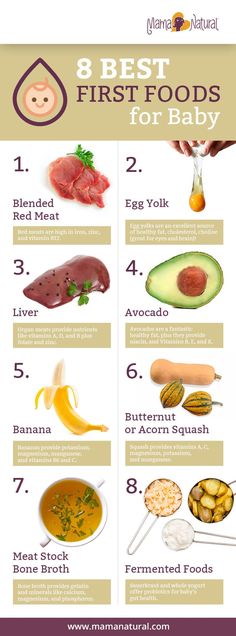 Journal of Texture Studies, August 2017
Journal of Texture Studies, August 2017 - Complementary Feeding: A Position Paper by the European Society for Paediatric Gastroenterology, Hepatology, and Nutrition (ESPGHAN) Committee on Nutrition, Journal of Pediatric Gastroenterology and Nutrition, January 2017
- Infant Formula Feeding Practices Associated With Rapid Weight Gain: A Systematic Review, Maternal & Child Nutrition, July 2018
- Solid Food Introduction and the Development of Food Allergies, Nutrients, November 2018
- US Department of Agriculture: Dietary Guidelines for Americans 2020-2025
View more posts tagged, feeding
Have questions about a Happiest Baby product? Our consultants would be happy to help! Connect with us at [email protected].
Disclaimer: The information on our site is NOT medical advice for any specific person or condition. It is only meant as general information. If you have any medical questions and concerns about your child or yourself, please contact your health provider.
It is only meant as general information. If you have any medical questions and concerns about your child or yourself, please contact your health provider.
First baby food for your baby
When your baby is five or six months old, it's time to start thinking about introducing semi-solid foods into his diet. Up to this point, mother's milk is the best food for the baby.
Breast milk is easy to digest and contains a rich supply of vitamins and antibodies that fight infections in the baby's body. It also promotes a close relationship between the infant and its mother. nine0003
While most mothers have enough milk to satisfy their baby's hunger, the decision to breastfeed is deeply personal. Breastfeeding may not be the preferred option for all women. For mothers who are not breastfeeding or who decide to switch to infant formula, this is a healthy alternative.
Similac - similac.ru has proven itself as a good baby food for many years. in more detail than you can feed your baby besides infant formula. nine0003
in more detail than you can feed your baby besides infant formula. nine0003
Babies should become familiar with semi-solid foods after processing them in a blender.
This is best done in the fifth or sixth month of a child's life, when the sucking instinct wears off. The first feeding is mostly chaotic, because the child is often unusual and incomprehensible to the taste and texture of such food.
Some babies will cry because they can't get food fast enough, and others will spit because of unfamiliar semi-solid food. You need to be patient as your child develops a taste and appetite for the new kind of food you introduce into his diet. nine0003
It is a good idea to minimize the use of ready-made baby food sold in stores
Many of these jars have additional starch additives and high sugar levels. If you decide to make your own baby food, hygiene is your first concern.
- Rinse all equipment with hot water.

- Disinfect utensils such as spoons and knives.
- Do not store cooked food in the refrigerator for extended periods. nine0034
- Throw away any leftover baby food, as bacteria spreads quickly in uneaten foods.
- Make sure you introduce new foods slowly and in small doses.
- Start with porridge; then enter vegetables and fruits; and then add the meat.
When you start introducing semi-solid foods to your baby, the baby should be reasonably hungry at mealtimes, but not overly hungry.
You can try mixing rice cereal with breast milk or special infant formula. Then try to offer vegetables, fruits, meat. nine0003
In the beginning, children should eat finely pureed foods so that they can comfortably chew with the number of teeth they have. Later, you can introduce more solid food, do not chop it so.
Video: Lure! Baby's first meal, where to start?
If your baby refuses what you offer him, try to replace this product with another one. You will be able to enter everything else in a few weeks or a month.
You will be able to enter everything else in a few weeks or a month.
Although baby food is quick and easy to make while at home, not all parents have the opportunity and time to do it. For them, there are several options on the market for replacing the first baby products with purchased ones. nine0003
Baby food manufacturers understand the wishes of parents and create very healthy food for babies. Such products are natural and organic, which will be very useful for young children, and will be a healthy alternative to homemade food.
Related materials
You can save the article or share it by clicking on one of the buttons below
- Details
- Parent category: Children
- Category: Breastfeeding
- Back
- Forward
- Are you here:
- home
- Breast-feeding nine0089 Your baby's first baby food
Baby puree at home: recipes
Baby puree from vegetables and fruits at home: cooking secrets
Vegetable and fruit puree often becomes the first meal of the baby after breast milk or formula, so many mothers prefer to cook it on their own. Although modern manufacturers convince us that baby food is devoid of preservatives and harmful additives, fresh vegetables and fruits are much healthier, especially when it comes to infant nutrition. Yes, and cooking baby puree at home is not so difficult. nine0003
Vegetables or fruits?
Let's try to make baby puree for our beloved baby. Despite the fact that pediatricians of the last century recommended starting complementary foods with fruits, it is better to first introduce the child to vegetables - modern doctors and nutritionists have come to this conclusion.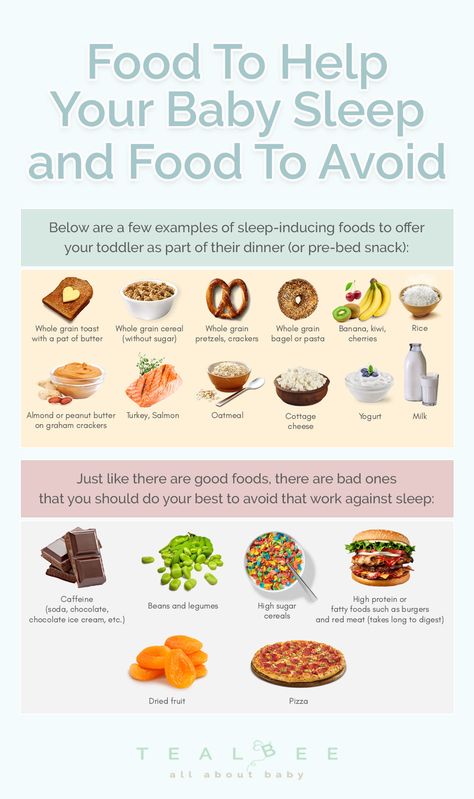 Boiled vegetables do not irritate the gastrointestinal tract, are better absorbed, satisfy hunger, do not cause allergies and increased gas formation. In addition, vegetables do not contain fructose, which irritates the pancreas. And one more weighty argument in favor of the fact that it is better to start with vegetables - fruits are tastier, and if the baby tries them first, he will refuse vegetables, because they will seem to him more insipid. nine0003
Boiled vegetables do not irritate the gastrointestinal tract, are better absorbed, satisfy hunger, do not cause allergies and increased gas formation. In addition, vegetables do not contain fructose, which irritates the pancreas. And one more weighty argument in favor of the fact that it is better to start with vegetables - fruits are tastier, and if the baby tries them first, he will refuse vegetables, because they will seem to him more insipid. nine0003
How to prepare baby vegetable puree
What can baby puree be made from? The ideal puree for the first feeding is from cauliflower or zucchini. A little later, you can introduce pumpkin, broccoli, carrots, potatoes and green peas. Before cooking, vegetables are washed well, peeled, cut into pieces and cooked - steamed, in the oven or in the usual way, in water. The first two methods are preferable because oven roasting and steaming preserve the vitamins, minerals, nutrients, and natural color in the vegetables. And most importantly - such vegetables are much tastier. Some nutritionists recommend boiling vegetables with their skins on before peeling them, so choose your own cooking method. nine0003
Some nutritionists recommend boiling vegetables with their skins on before peeling them, so choose your own cooking method. nine0003
If you do have to cook vegetables in a saucepan, use an enamel pot, add less water and dip the vegetables into boiling water. Boil until soft, but do not overcook vegetables and fruits, otherwise they will become tasteless and lose a lot of vitamins. Ready vegetables are chopped with a blender until smooth and slightly diluted with water, vegetable broth, breast milk or mixture to a gruel state, since the child does not yet know how to digest thick food. Small pieces of vegetables in puree sometimes cause the baby to refuse to eat, so the knives in the blender should be well sharpened, and if there is no technique, you can grind the vegetables through a sieve. Salt and spices are usually not added to baby vegetable puree, and if the baby is more than 6 months old, you can put a little butter in the puree. nine0003
A few rules for making baby puree at home
- Use only fresh vegetables and fruits.

- Water for cooking vegetables must be filtered or bottled.
- If you are using frozen foods, choose only whole fruits and vegetables as they retain the most nutrients.
- All utensils for preparing baby food must be perfectly clean, so if the knife falls on the floor, it should be washed well. Also, the presence of pets in the kitchen during the cooking process is not allowed. nine0034
- Avoid vegetables and fruits high in nitrates, such as spinach, lettuce, beets, melons, and watermelons, in infants' diets.
- Store-bought vegetables are recommended to be soaked in water to remove nitrates: 1-2 hours for this, up to 24 hours for potatoes.
- Mix sour-tasting fruits and berries with sweet fruits - for example, blackcurrant goes well with a banana or pear. Sour puree is unlikely to please the baby. nine0034
- Give your child only fresh food, but yesterday's puree from the refrigerator is better to eat yourself.
Handmade fruit puree for children
Children are more likely to eat fruit puree because fruits are tastier and sweeter. Fruits contain a large amount of vitamins, minerals, trace elements, fiber and antioxidants, so they are very useful for a growing organism. However, fruits are strong allergens, especially berries, bananas, pomegranates and apricots, so they should be given with caution, watching the child's reaction. The most low-allergenic fruits are apples and pears, so it is better to start complementary foods with them, and then introduce all other fruits. First, the baby is fed with a one-component puree made from only one product, and then you can mix different vegetables and fruits, and not only among themselves. Very tasty combinations of fruits and vegetables, such as apples and zucchini, pumpkins and pears. nine0003
Fruits contain a large amount of vitamins, minerals, trace elements, fiber and antioxidants, so they are very useful for a growing organism. However, fruits are strong allergens, especially berries, bananas, pomegranates and apricots, so they should be given with caution, watching the child's reaction. The most low-allergenic fruits are apples and pears, so it is better to start complementary foods with them, and then introduce all other fruits. First, the baby is fed with a one-component puree made from only one product, and then you can mix different vegetables and fruits, and not only among themselves. Very tasty combinations of fruits and vegetables, such as apples and zucchini, pumpkins and pears. nine0003
Fruit must be of good quality, without damage, ripe and juicy, and the rules for preparing fruits do not differ from the rules for cooking vegetables. Naturally, fruit puree is not sweetened with honey and sugar - the later the child learns the taste of sugar, the stronger his health will be.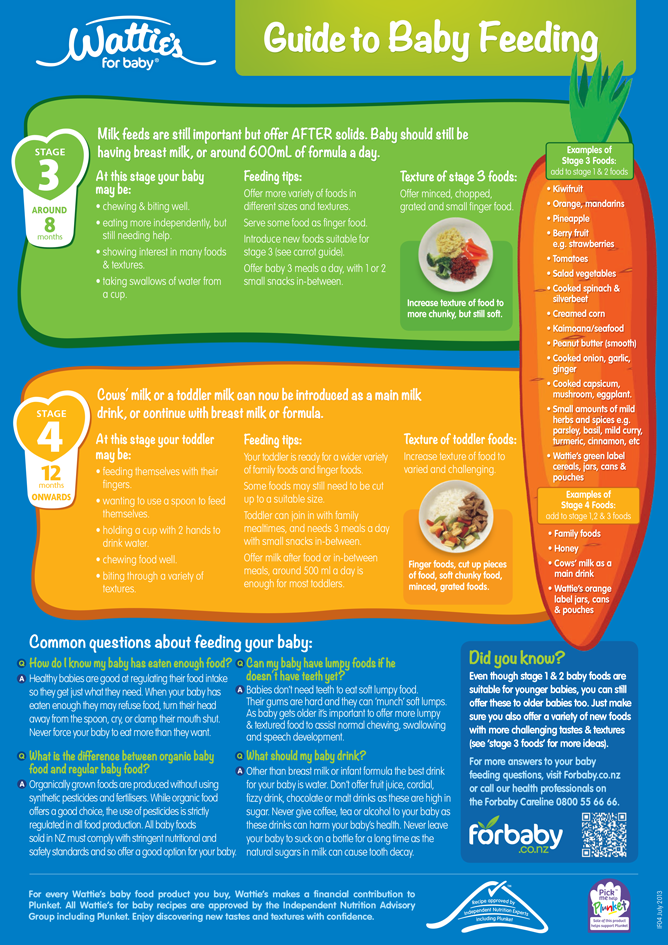
Aromatic pumpkin puree
Babies eat pumpkin with pleasure because of its pleasant sweetish taste, besides pumpkin is very healthy. It contains a whole storehouse of various vitamins, including vitamin T, which normalizes the metabolism in the body. For pumpkin puree, small pumpkins are suitable, since large fruits are not as tasty and difficult to peel. nine0003
Cut the pumpkin in half, and then into small pieces, one or two of which (depending on the appetite of the crumbs) cut into cubes. Boil the pumpkin in a double boiler or in water for 20 minutes, while warm, beat with a blender to a smooth puree and dilute if necessary with water or a mixture. Add oil and salt depending on the age of the child.
Gentle Broccoli Puree
One of my favorite homemade baby puree recipes is broccoli. This cabbage is extremely useful because it contains potassium, iron, calcium and other valuable substances. It has much more vitamin C than lemon, and the reason for its nutritional value is its high protein content.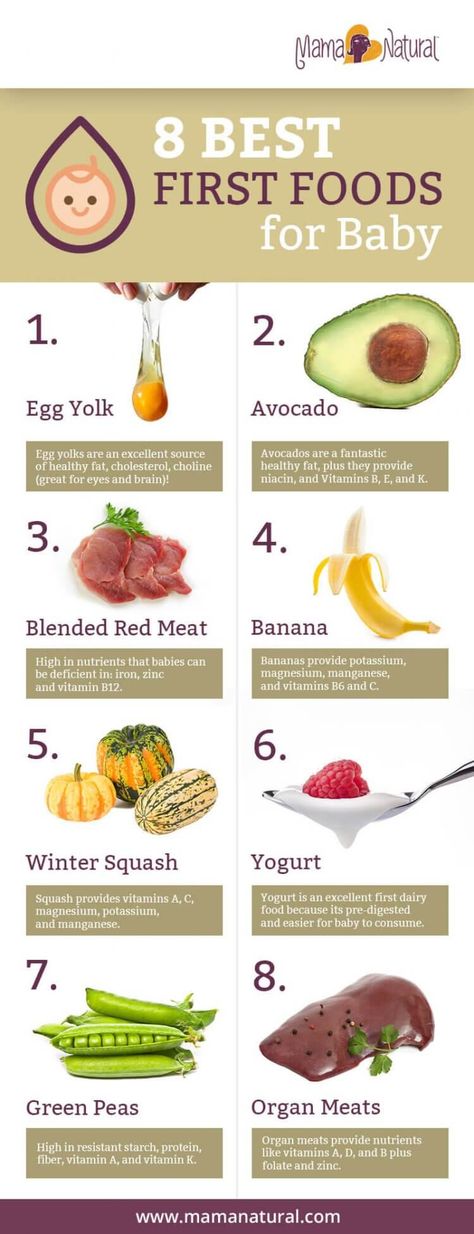 nine0003
nine0003
Separate the broccoli into florets, wash thoroughly and steam for 20 minutes. Cabbage cooks faster in water - fresh broccoli will take 7 minutes, and frozen - about 15 minutes. Broccoli puree does not need much water, it should lightly coat the vegetables. After the cabbage becomes soft, chop it in a blender or pass through a sieve. If you're mashing for kids older than a year old, be sure to add butter - the little ones will gobble up broccoli on both cheeks! nine0003
How to make baby pear puree at home
Pear is a very delicate, tasty and healthy fruit that rarely causes intolerance. In addition to the high vitamin value, the pear has other beneficial properties - it facilitates digestion and removes toxins from the body.
For baby food, choose green pears to reduce the risk of allergies, which are rare among babies. Peel the fruits from the peel and core with seeds, and then stew the pear in a bowl with a thick bottom in a small amount of water for 15 minutes. Let the pear cool slightly and puree it in a blender with a little of the remaining pear broth. For large kids, fruits can not be boiled, but add half a teaspoon of natural honey to the puree. nine0003
Let the pear cool slightly and puree it in a blender with a little of the remaining pear broth. For large kids, fruits can not be boiled, but add half a teaspoon of natural honey to the puree. nine0003
Zucchini and apple puree
Little gourmets will love this delicious puree, besides, zucchini is considered the most hypoallergenic vegetables, which, due to their high potassium content, have a beneficial effect on the heart. Apples contain iodine, iron and phosphorus, and due to the high concentration of vitamin C, apples help in the prevention of colds and viral infections.
Wash the zucchini and apples well, de-seed them, cut into pieces and cook in a pot for about 20 minutes, considering that the zucchini will cook 5 minutes faster. By the way, apples are steamed for 15 minutes, zucchini - 10 minutes. Next, vegetables and fruits are chopped in a blender, mixed and brought to a boil. For allergic children, this is the best side dish! nine0003
Exotic mango
Sometimes you can pamper your baby with exotic fruits - for example, make mango puree.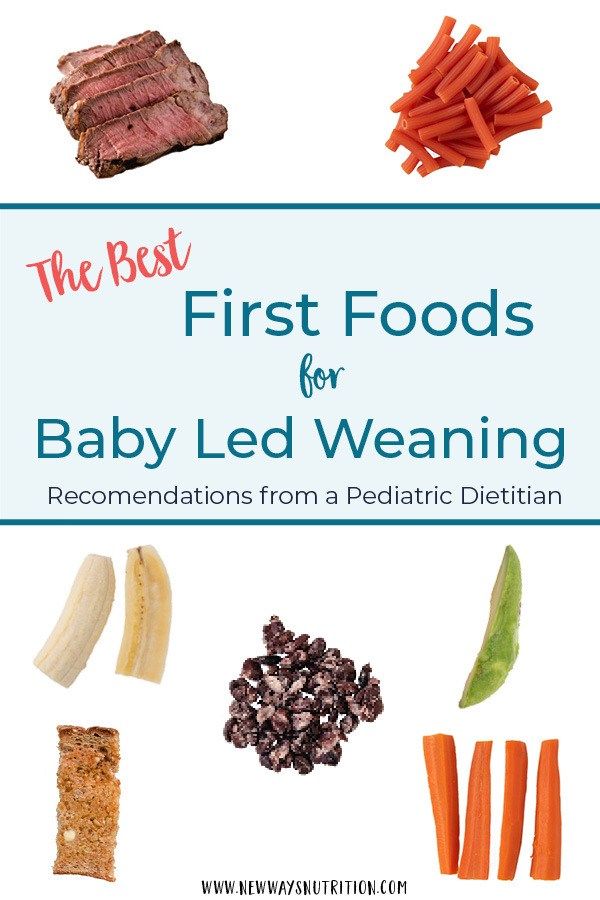 This is a very delicate fruit with an original taste, containing 12 amino acids and improving sleep.
This is a very delicate fruit with an original taste, containing 12 amino acids and improving sleep.
Choose only ripe fruits that are soft and red-yellow in color. Peel the mango from a thick skin and a large bone, put the pulp in a blender, add 2 tbsp. l. water and mash it, and then heat it in a saucepan for several minutes. For a baby up to a year old, it is better to give mashed potatoes with heat treatment to facilitate digestion, and older children can be fed raw mangoes. nine0003
Carrot-Potato Puree
Make normal potato puree without oil. Peel the carrots, grate them and stew them with butter and vegetable broth - about 1 tsp is required for 200 g of carrots. butter and 150 g of broth. When the carrot becomes very soft, wipe it through a sieve, and then put it on a plate, put mashed potatoes on the second half. Let the child choose whether to mix two types of puree for him or eat separately!
Pumpkin and apple puree
This sweet, sugar-free pumpkin-apple puree, cooked in a double boiler, is suitable for children who are already accustomed to “adult” food and are able to perceive a new unusual dish.